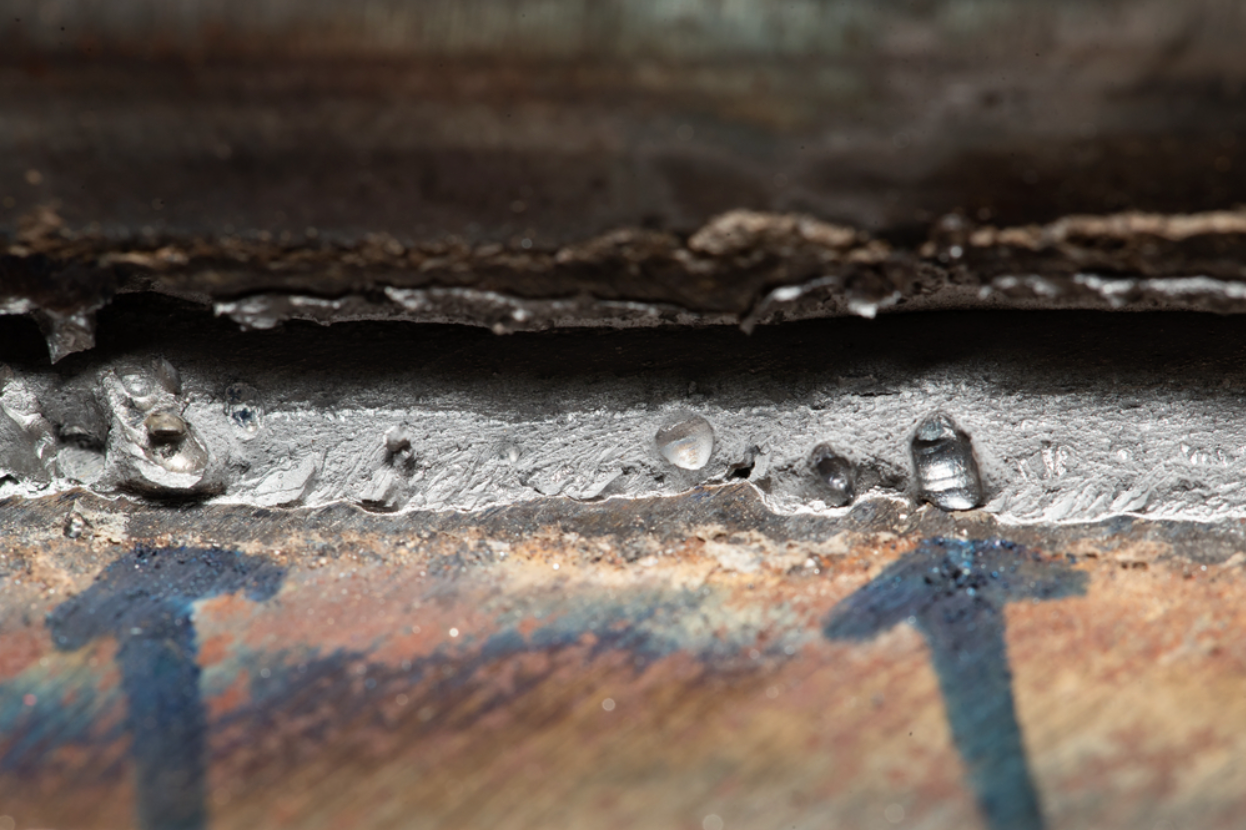Finest Practices for Preventing Weld Undercut: Understanding the Basics
Finest Practices for Preventing Weld Undercut: Understanding the Basics
Blog Article
Understanding the Art of Welding: Just How to Avoid Undercut Welding Issues for Flawless Construction Results
By recognizing the root causes of undercut welding and carrying out efficient techniques to prevent it, welders can raise their craft to brand-new degrees of excellence. In the pursuit of remarkable construction results, understanding the art of welding to stay clear of undercut issues is not simply a skill yet a requirement for those striving for excellence in their work.
Understanding Undercut Welding

To stop undercut welding, welders must guarantee appropriate welding parameters, such as adjusting the present, voltage, traveling speed, and keeping the right electrode angle. Furthermore, utilizing the appropriate welding strategy for the particular joint arrangement is essential. Employing weaving motions or backstepping strategies can aid guarantee appropriate weld steel deposition and minimize the likelihood of undercut development. Normal examination of welds throughout and after the welding procedure is also critical to capture any type of undercut very early and make required modifications to avoid further defects. Preventing weld undercut. By recognizing the sources of undercut welding and executing safety nets, welders can accomplish top quality, structurally sound welds.
Reasons For Undercut in Welding
Recognizing the elements that add to undercut in welding is crucial for welders to produce top quality, structurally audio welds. Undercutting occurs when the weld metal does not appropriately fill the groove developed between the base steel and the formerly deposited weld metal. Several aspects can result in undercut in welding. One common cause is extreme warm input. Welding at heats for extensive durations can lead to the base steel melting even more than preferred, causing undercut. Insufficient welding present or incorrect welding speed can also contribute to undercut. Inadequate current might not offer adequate warm to melt the base and filler steels appropriately, while extreme rate can avoid correct fusion, creating undercut. Furthermore, incorrect electrode angles or inaccurate torch control methods can create locations of reduced weld steel deposition, promoting undercut. Comprehending these causes and applying proper welding strategies can help protect against damaging problems, making certain durable and solid welds.
Methods to avoid Undercutting

To minimize the risk of damaging in welding, welders can employ tactical welding techniques focused on boosting the quality and integrity of the i loved this weld joints. One effective approach is to adjust the welding specifications, such as voltage, current, and take a trip rate, to ensure correct warmth input and deposition. Keeping an ideal electrode angle and ensuring regular traveling speed can also help protect against undercut. In addition, making use of the proper welding method for the details joint setup, such as weave or stringer grains, can add to reducing damaging. Preventing weld undercut.
Utilizing back-step welding strategies and managing the weld bead profile can also aid disperse warmth equally and minimize the danger of undercut. Routine assessment of the weld joint throughout and after welding, as well as implementing high quality guarantee measures, can help in discovering and addressing undercutting problems without delay.
Relevance of Proper Welding Parameters
Choosing and keeping ideal welding parameters is important for accomplishing successful welds with minimal issues. Welding specifications refer to variables such as voltage, current, travel speed, electrode angle, and securing gas flow rate that straight influence the welding process. These specifications should be meticulously readjusted based on the kind of material being welded, its thickness, and the welding strategy utilized.
Correct welding parameters make certain the right quantity of heat is related to melt the base metals and filler material consistently. If the specifications are established also high, it can bring about too much warm input, causing distortion, burn-through, or spatter. On the other hand, if the parameters are too low, incomplete fusion, lack of penetration, or damaging may take place.
Quality Control in Welding Procedures

Verdict
In verdict, grasping the art of welding requires a comprehensive understanding of undercut welding, its causes, and methods to stop my blog it. By making certain appropriate welding criteria and applying high quality assurance methods, flawless manufacture outcomes can be attained. It is necessary for welders to constantly aim for quality in their welding procedures to prevent undercut concerns and create top notch welds.
Undercut welding, a typical problem in welding procedures, occurs when the weld metal does not effectively fill up the groove and leaves a groove or clinical depression along the bonded joint.To protect against undercut welding, welders must guarantee appropriate welding specifications, such as adjusting the present, voltage, travel rate, and keeping the proper electrode angle. Inadequate welding existing or incorrect welding rate can also add to damage.To minimize the danger of undercutting in welding, welders can utilize strategic welding techniques intended at boosting the high quality and integrity of the weld joints.In verdict, mastering the art of welding calls for a thorough understanding of undercut welding, its causes, and strategies to avoid it.
Report this page